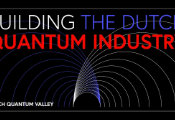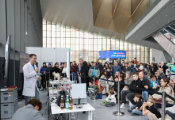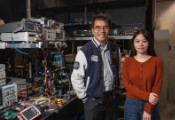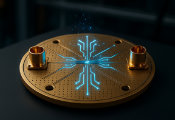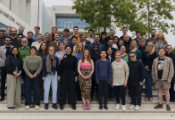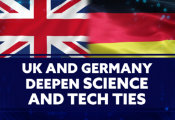Record-Setting Iron-Based Superconducting Wires Achieved With CHMFL Support
September 10, 2025 -- A collaborated research team led by Prof. MA Yanwei from the Institute of Electrical Engineering (IEE) of Chinese Academy of Sciences (CAS), has shattered records in the current-carrying performance of iron-based superconducting wires.
Their breakthrough, enabled by a novel strategy to engineer high-density flux pinning centers via an asymmetric stress field, is published in Advanced Materials.
The Steady High Magnetic Field Facility (CHMFL), the Hefei Institutes of Physical Science of CAS, played a pivotal role in this achievement, with its water-cooled magnet WM5 providing critical experimental support for validating the wires.
Iron-based superconductors are considered key materials for next-generation high-field technologies such as particle accelerators, fusion devices, and magnetic resonance imaging systems. They combine high critical fields, low anisotropy, and cost-effectiveness, but their brittle lattices make it very difficult to introduce the dense flux pinning centers needed to carry large lossless currents.
In this study, researchers developed an innovative approach based on asymmetric stress fields. Using scalable extrusion technology, they achieved synergistic control of hydrostatic pressure and shear stress, inducing localized lattice slip and twisting in the rigid crystal structure. This process generated a high density of dislocations, which were further optimized through heat treatment to form ordered arrays – creating an efficient network of flux pinning centers.
The results are remarkable. The critical current density (Jc) of the engineered wires increased sharply: at 10 tesla (T), Jc rose from 1.5×10⁵ A/cm² to 4.5×10⁵ A/cm², while at 30 T it reached 2.1×10⁵ A/cm²—five times higher than previous benchmarks—establishing a new global record for iron-based superconducting wires.
"Testing these high-performance wires required magnetic fields above 30 T, which was made possible by CHMFL," explained Prof. MA, "Its WM5 water-cooled magnet provided the crucial experimental environment to verify the wires' current-carrying capabilities under such extreme conditions, ensuring the reliability of the breakthrough."
This research paves a new, low-cost path for developing high-performance iron-based superconducting wires, accelerating their practical application in cutting-edge high-field technologies.

